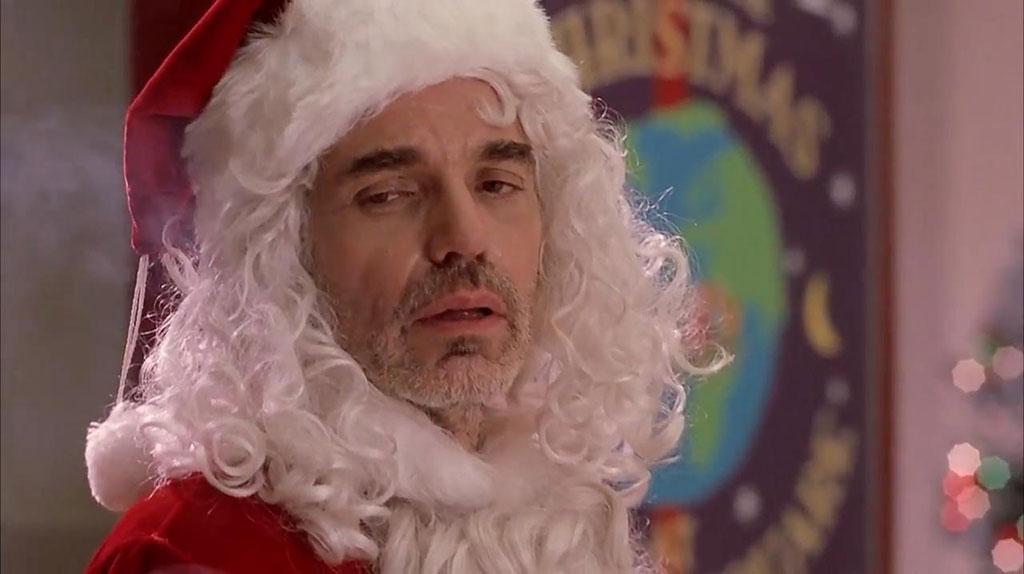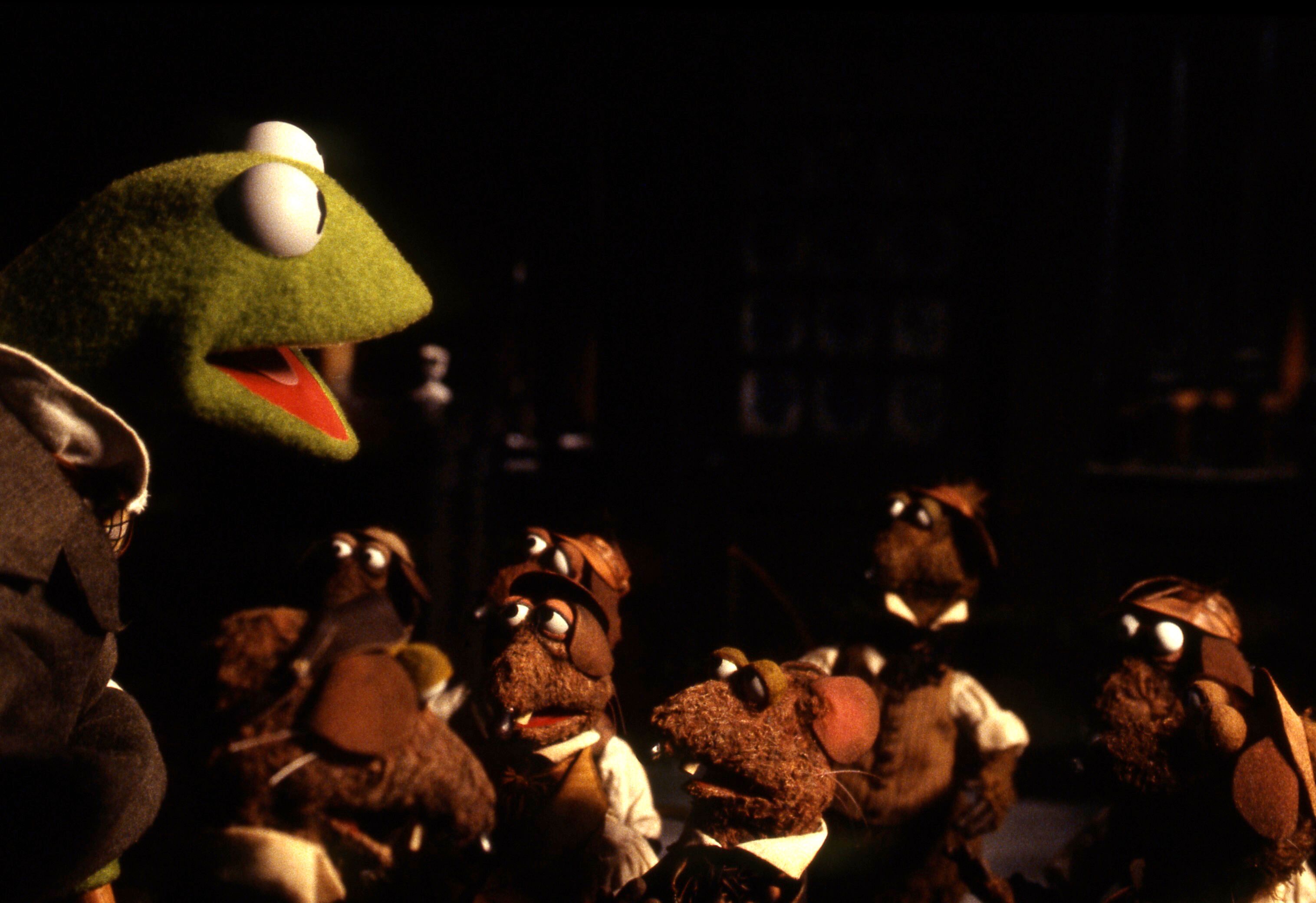
There is one figure in our cultural memory who pops up at this time of year without fail. It is the unmistakable figure of Santa.
Santa Claus, AKA Father Christmas, Sinterklaas in Holland or Kris Kringle in the USA conjures up a definite image in the mind’s eye. The Santa of popular imagination with elves, red suit, bushy white beard flying in a sleigh towed by reindeer was shaped more by the famous Coca Cola adverts of the 1930s than anything else, and may seem to have very little connection with the birth of Christ. There are, however, strong connections between Santa and the Christian celebration of Christmas.
Santa Claus is a linguistic development of St Nicholas, who was a real, fiery, determined Christian bishop of the early 4th century. Many of the stories about him date from later centuries, and some, no doubt, are legends developed to enhance his reputation. Yet he clearly made a deep impact on those who encountered him. On the principle that there's no smoke without fire, while some of it may be fiction, these stories may also contain a grain of truth.
A group of enterprising Italian sailors from Bari in southern Italy made a daring raid on the city, scooped up most of St Nicholas’ skeleton and carried it off home.
Nicholas was born around 260 AD. His parents, or so the story goes, died of the plague while he was young, leaving him a reasonable fortune. The other thing we know about his youth was his profound and strong Christian faith. This shaped his mind from early years, and led him, like many young Christians at the time, to enter the demanding spiritual boot camp of the monastic life, and then in time to becoming the Bishop of Myra, a city in southern Turkey known today as Demre.
Christianity at the time was deemed a dangerous religion, subversive of the unity of the Roman Empire and in 303 AD he was one of many Christian leaders imprisoned under the wave of persecution initiated by the emperor Diocletian. Not only did he survive the rigours of a brutal Roman jail, but he encouraged other Christian prisoners to stand firm, who, like him, emerged more determined than ever. He died around 335 AD and within a few hundred years had become one of the most celebrated saints of the mediaeval era, with numerous accounts of his life spreading around Europe.
In the 10th century the Russian emperor Vladimir visited Turkey and was so impressed with the stories of St. Nicholas that he pronounced him the patron saint of Russia and he remains a hugely venerated figure in Russian Orthodoxy to this day. In 1087, when Myra had come under Islamic rule, a group of enterprising Italian sailors from Bari in southern Italy made a daring raid on the city, scooped up most of St Nicholas’ skeleton and carried it off home, where with great fanfare, a large basilica was erected around the resting place of the bones of St Nicholas – an attraction which enhanced the status of the city no end. It became a pilgrimage destination for numerous medieval Christians (which was what the sailors had in mind) and the edifice still stands on the very spot to this day.
He was promptly sent home for stepping out of line, but it did his reputation as a hero of orthodoxy no harm at all.
There are two stories of St Nicholas that get us closer to understanding why he became such a key figure in our Christmas celebrations.
While he was still a young man, so we are told, he heard of a local family who were falling into poverty. A father who was badly in debt desperately needed money to pay off loan sharks, otherwise his only option (as happened in many families at the time) was sell his three daughters into slavery, or in some versions of the story, into prostitution. St Nicholas, aware of the teaching of Jesus that good deeds should be done in secret, resolved to do what he could to help. He wrapped up a bag of gold coins and secretly dropped them into the window of the house to the relief and delight of the poverty-stricken family. Nicholas performed this act of generosity three times for each of the three daughters, and on the third occasion threw the bag of gold coins so far into the room that it fell into a sock hanging over the fire to dry - hence stockings on Christmas Eve. On that occasion the father caught Nicholas as he tried to slip away, and thanked him profusely. Nicholas insisted he tell no one, which the man assured him he would not. Obviously, he didn't keep his promise.
It is this kind of story that gives rise to the idea that Nicholas was a picture of radical generosity. Ever since then, depictions of St Nicholas are recognisable by his carrying three gold balls, representing the three bags of gold coins – and the same symbol found its way to hang outside many a pawnbrokers’ shop, after St Nicholas was adopted as their patron saint.
The other story relates to the famous Council of Nicaea in 325 AD. Although historians debate the question, there is some evidence Nicholas might have been present at this Council at which the Nicene Creed was written, the Creed that describes the heart of Christian faith for most Christian churches to this day. The Council centred around the controversial teaching of Arius, a priest from Alexandria who had taught that Jesus, although the best person who ever lived, the pinnacle of creation, was not in any significant sense divine, as the Council eventually discerned he was. The story goes that Nicholas was so incensed by the teaching of Arius that at one point he strode across the room in which the Council was taking place and struck him on the face. He was promptly sent home for stepping out of line, but it did his reputation as a hero of orthodoxy no harm at all. A heretic being punched by Santa Claus is an image to conjure with.
The stories of St Nicholas give us the impression of someone who does not just do generous acts, but who has become generous.
So why did St Nicholas become a person of such radical generosity? Were these two stories, however apocryphal some of the details may be, strangely linked?
At stake in the debates at Nicaea was the question of whether Jesus Christ was just an illustration, a good example of what human life can achieve, or whether his radical love and self-sacrifice was in fact an expression of the heart of God, the very heart of reality itself. That is the core insight at the heart of the Nicene Creed – that when we see Jesus, we see God. The compassion, courage, grace, generosity, the anger at evil of the world, the deep compassion for those who struggle with life that flows out of him at every moment – all this is not a brief moment of light in an essentially dark world, but is the very nature of reality itself. In other words, Jesus Christ represents God giving to the world, not just a gift, but giving Himself.
That kind of belief seems to have animated the soul and the mind of Nicholas, and if you believe that generosity is what lies at the very heart of things, its not surprising if it starts to seep out into a life full of generosity. Alongside the gifts to the struggling family, Nicholas is said to have argued the emperor into a tax cut for the people of Myra, and secured extra shipping of grain for his people during famine. The stories of St Nicholas give us the impression of someone who does not just do generous acts, but who has become generous – it’s the difference between the lucky tennis player who plays a good shot every now and again, and the pro who plays that shot nine times out of ten. That is virtue – where a person is generous almost without thinking about it, because it has become second nature.
There are, of course, differences between the Santa of popular memory and St Nicholas. It’s hard to imagine Santa punching anyone, whereas St Nicholas had the fierce, determined faith of the early church, a faith so compelling that it took over the entire Roman empire. Then again, Santa gives gifts to children who are good but not to those who have been bad. He is a moral arbiter who rewards those whose good deeds outweigh their bad ones. That is about as far removed from a Christian understanding of grace, as depicted in the stories of St Nicholas as possible. In Christianity, divine generosity is not a reward for goodness, but is the wellspring of it. The God that Nicholas learnt about from his earliest days gives first and asks questions later. Generosity inspires gratitude and generosity as a response.
St Nicholas became associated with Christmas partly because his feast day, December 6th, was near to the annual feast, but also because of this theme of radical generosity. Christmas is the time when Christians recall God’s greatest gift – the gift of Christ given to people of dubious moral standing like us. Not because we deserved it but despite the fact that we didn’t. It’s why we give gifts at Christmas, not to win favours from others, but for the sheer joy of it. We give as an act of gratitude for we have been given, before we even asked for it – just like three helpless young women, and their desperate father, in need of help.






